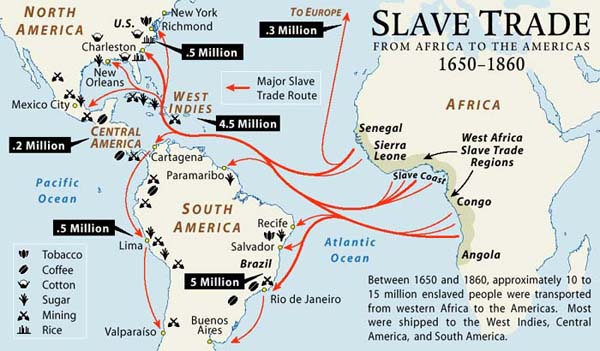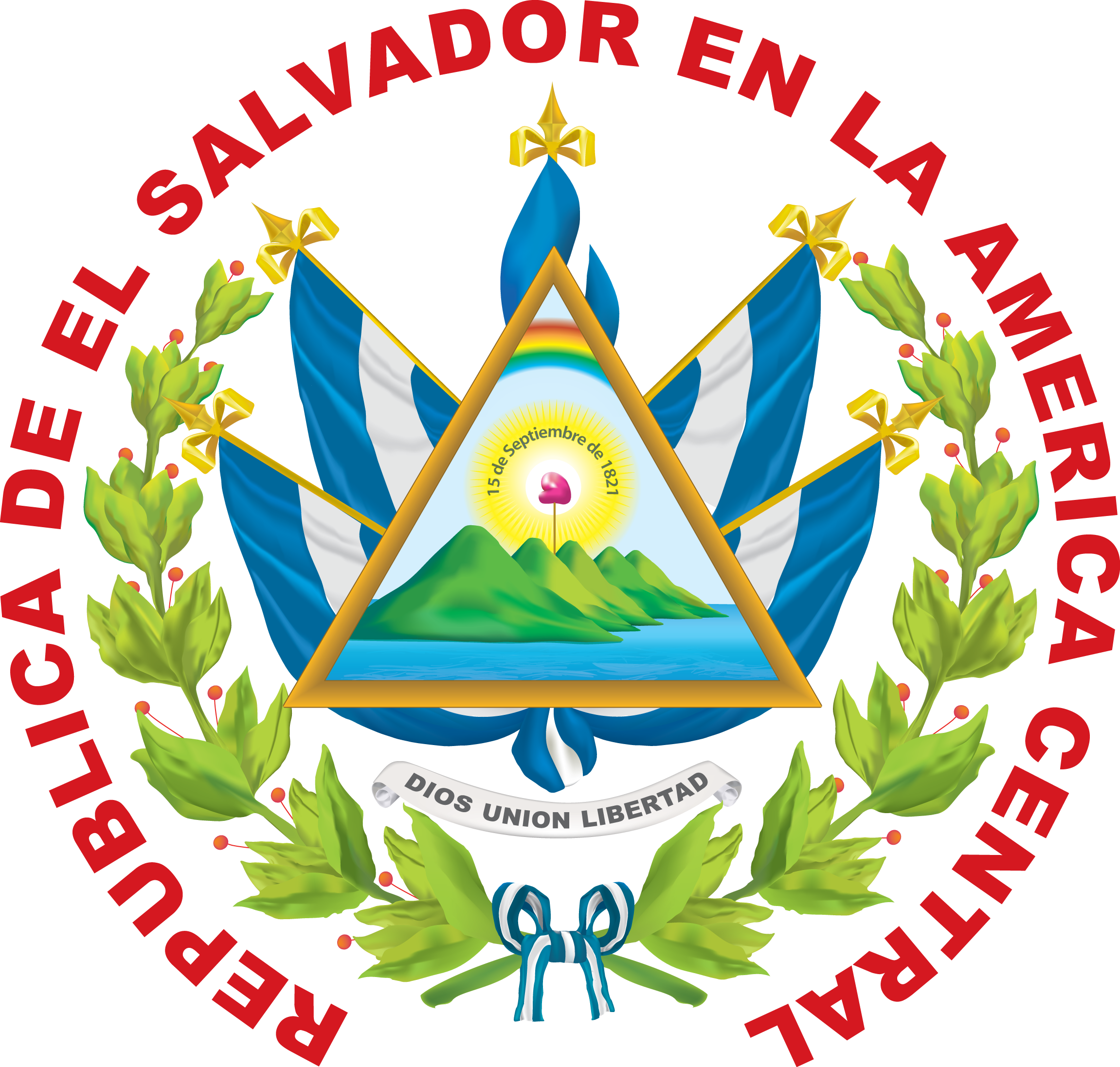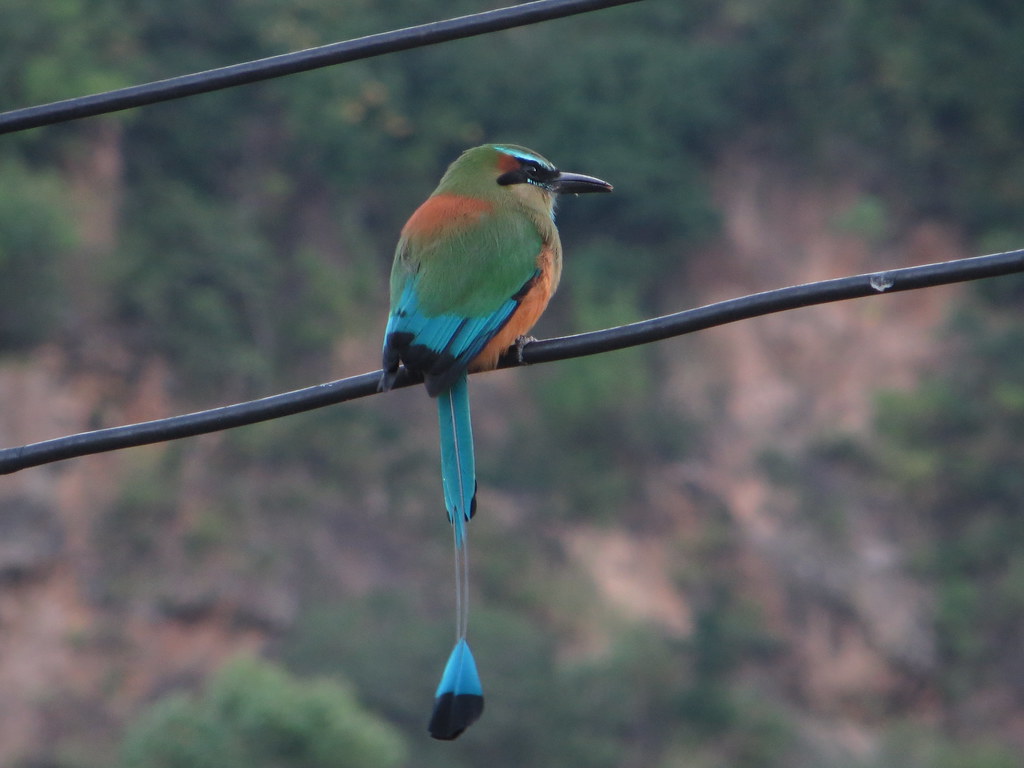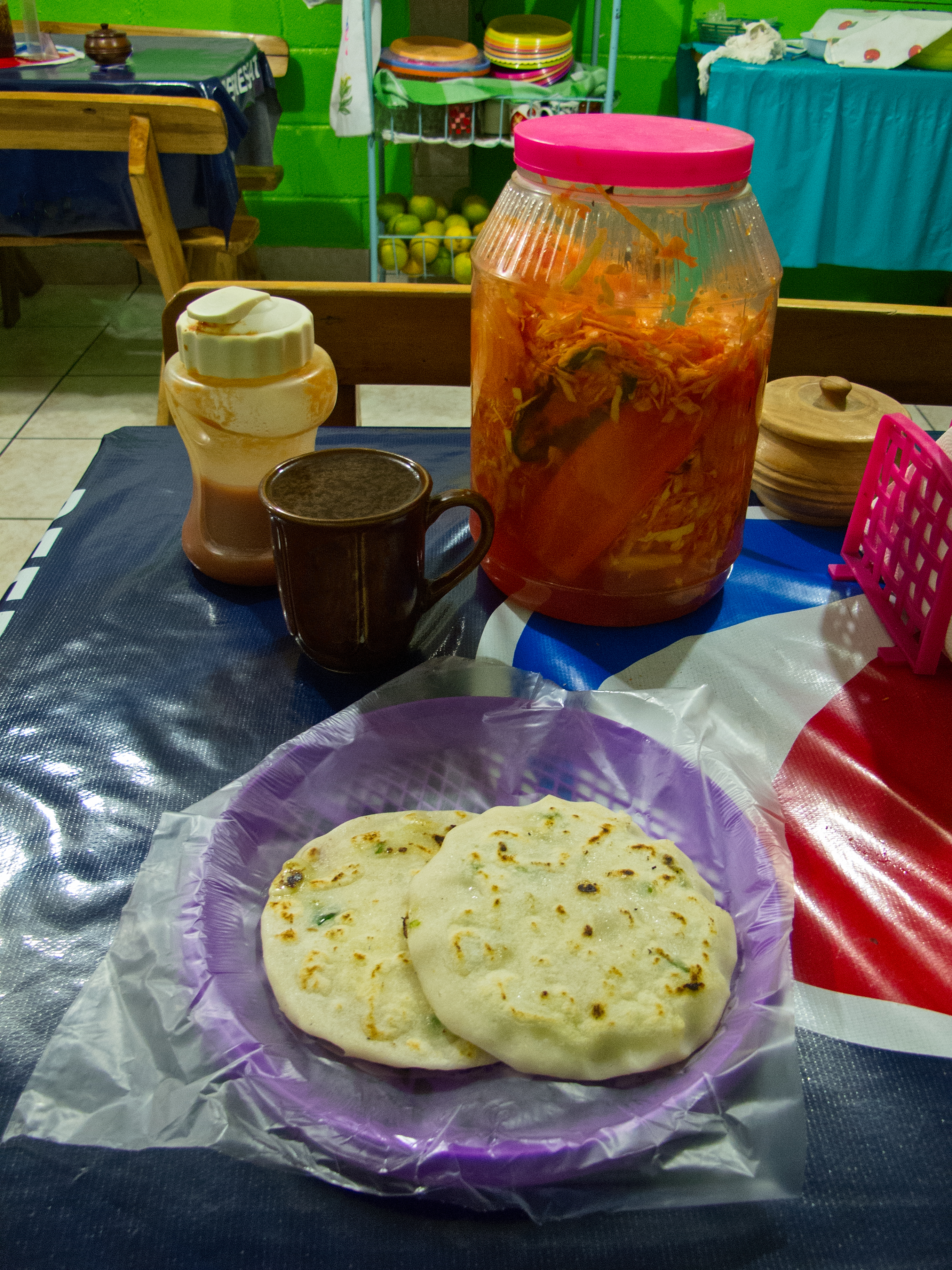Imagine this: You are outside your home, washing your clothing using retama and the friction of the rocks, when you look up and see a group of strange pale men on top of horses wreaking havoc within the few seconds of getting there…

“File:Guerra Civil Española.svg.” Wikimedia Commons, https://commons.wikimedia.org/wiki/File:Guerra_Civil_Espa%C3%B1ola.svg.
This is what is was like for the Nahua people in the towns Acatepec and Mopicalco, the first groups to witness Pedro de Alvarado and his forces. Alvarado reported that no people were found in these towns, but this was proven false by his colleagues. As soon as the Spanish got into Nahua territory, the process of enslavement began immediately, taking people away from their families. He hoped that if he had done this, the rest of the Natives would follow his orders and retrieve him and his men food and gold. What he did not know was that the people that left never came back and found refuge hiding in the mountains.
The Pipiles were a big and powerful tribe. It was very difficult for the Spanish to conquer them, they resisted Spanish forces for 15 years. Of course this would not be possible without the help from the surrounding territories in regions like Chiapas, Mexico, Guatemala, and Honduras; it is important to keep in mind that there were no borders at the time, all of Central America counted as one region.
![]()
“La Invasión De Centroamérica.” Noticonquista, https://www.noticonquista.unam.mx/amoxtli/2355/2348.
Pedro de Alvarado failed to conquer the indigenous people of Cuscatlán multiple times and soon sent his brother, Gonzalo, to accomplish what he never could, which resulted in the formation of the city that is now known today as San Salvador. There was a lot of back and forth between the Alvarado family and other enemy Spanish forces, but in the end the Alvarados took over the land for good.
The Spanish also brought around 10,000 enslaved Africans to the land of Cuscatlán. Out of all its neighboring countries, El Salvador has the smallest percentage of African presence, but it is still there and valid. It was difficult for the Spanish to bring enslaved Africans to El Salvador because it is the only country in Central America that does not touch the Caribbean Sea, making it difficult to transport the Africans to that land. The Spanish would either have to go around South America, which proved to be a long route, or make the enslaved walk on foot through the jungles. The second option was ineffective because of the Spanish’s lack of knowledge of the land and the advantage the Indigenous population had.

“Map of the Week: Slave Trade from Africa to the Americas 1650-1860.” Map of the Week: Slave Trade from Africa to the Americas 1650-1860 | Mappenstance., https://blog.richmond.edu/livesofmaps/2014/11/11/map-of-the-week-slave-trade-from-africa-to-the-americas-1650-1860/.
Many of the Natives were forced into slavery and made to work in the indigo and cocoa fields, which were their biggest crops. The enslaved were also put to work in the mines and search for precious metals; when the Spanish saw the lack of abundance in metals, they lost interest in the country that they named “El Salvador”.
The enslaved population in El Salvador finally became free in 1825, making it the third country after Haiti and Chile to abolish slavery. This came only four years after El Salvador declared it’s independence from Spain, in 1821. This can even be seen in the coat of arms in our flag:

"File:Coats of arms of El Salvador.png" by Hugo Bonilla is licensed under CC BY 3.0.
I really do hope that you all learned something about the colonization period (especially about the African presence). For the next blog I will be discussing the dictatorships and how it lead to communism and a 12 year civil war.
Thank you! 🙂





